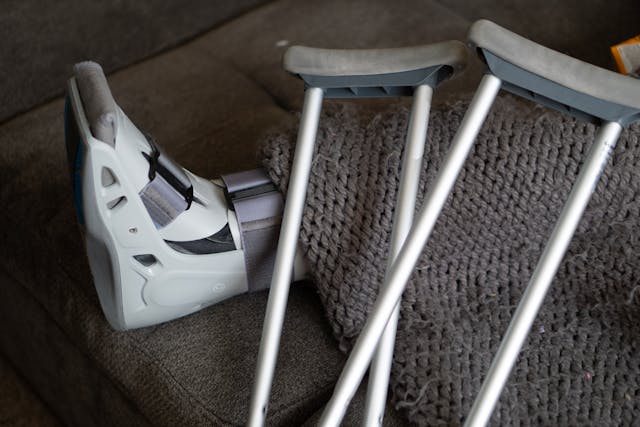
As you may already know all too well, being a railroad worker entails physically demanding tasks that you get little to no break from. Over time, you likely will incur some injury to your hips, shoulders, elbows, knees, wrists, or ankles, given the stress you put on these joints consistently. Hopefully, your injury will heal by itself through a few days’ rest. But unfortunately, it may be more serious and require you to take significant time off work, undergo surgical procedures and rehabilitative sessions, or even cause you chronic, permanent pain. Well, please read on to discover how you might injure your joints while conducting railroad work and how one of the seasoned railroad lifting injury lawyers at Hildebrand McLeod & Nelson LLP can help you recover from yours.
How can I possibly injure my joints from doing railroad work?
Generally speaking, your joints are made extremely vulnerable and prone to injury upon entering an accident event. However, the mechanisms for such injury are also commonly overuse or age-related wear and tear. And so, after spending years on the railroad, you may be prone to injuring the following joints in the following ways:
- An ACL tear in your knee: This may happen if you land in an awkward position from getting on and off moving equipment.
- An MCL tear in your knee: This may happen if you hyperextended your knee from lifting a heavy object.
- A tennis elbow injury: This may happen if you use tools requiring repeated twisting or gripping motions without ergonomic support.
- A tendonitis injury in your hip: This may happen if you repeatedly work or walk on uneven surfaces.
- An Achilles tendon injury: This may happen if you suddenly misstep and shift directions to avoid a slip and fall.
How can I effectively prove my lifting injury from railroad work?
When suffering from a serious joint injury, you may have every right to file a Federal Employers’ Liability Act (FELA) claim against your negligent employer. Your case may be made easier if it can be tied to an isolated accident event (i.e., a slip and fall from a moving piece of equipment). However, your employer, as the defendant, may have an easier time challenging its legitimacy if your diagnosis was delayed as your injury progressed over time.
Well, for this, you must just have to work harder to satisfy your burden of proof. For example, when it comes to a repetitive or chronic overuse injury, such as tennis elbow, you may gather evidence that your employer failed to supply you with ergonomically friendly tools and equipment to prevent this commonly caused damage. Or, proof that your employer failed to grant you adequate breaks in between physical labor necessary to pace out such repetitive tasks.
In conclusion, if you find yourself up against this, please do not go through it alone. Instead, pick up the phone and speak with one of the competent FELA lawyers. Our team at Hildebrand McLeod & Nelson LLP, wishes to aid you during this difficult point in time.


